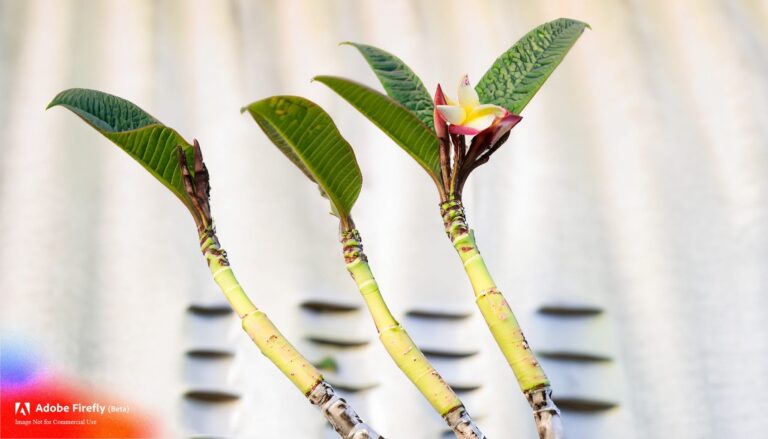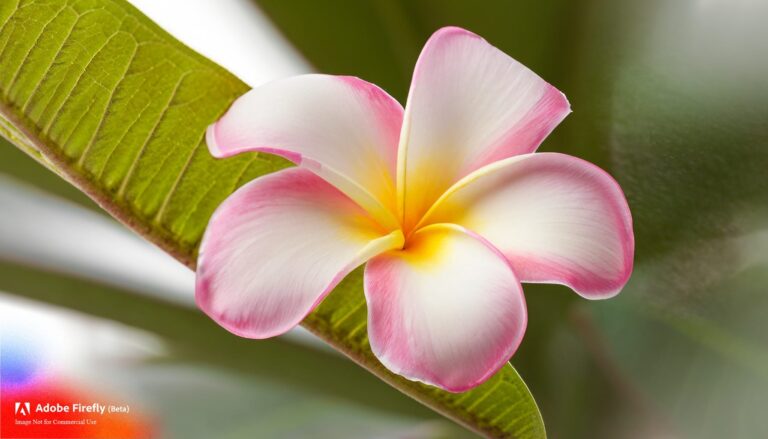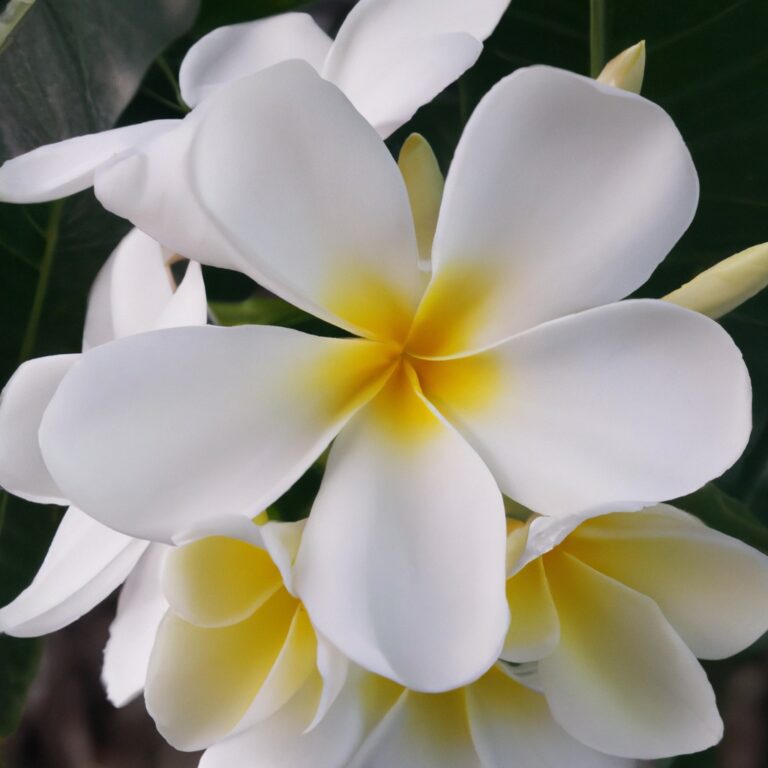
Caring for plumerias throughout the year requires an understanding of their growth cycles and changing needs. To help you achieve healthy and vibrant plumerias, here’s a comprehensive care calendar that outlines the essential tasks and adjustments for each season.
Spring (March – May):
- Reintroduce Sunlight: Gradually move your plumerias outdoors to a sunny location with filtered sunlight. Allow them to acclimate to outdoor conditions.
- Resume Watering: As temperatures rise, increase watering frequency. Water when the top inch of soil is dry. Apply a balanced, slow-release fertilizer every 4-6 weeks.
- Pruning and Shaping: Trim and shape your plumerias to encourage branching and maintain a compact form. Remove any dead or diseased branches.
- Pest and Disease Inspection: Regularly inspect your plumerias for signs of pests and diseases. Apply preventive measures as needed.
Summer (June – August):
- Optimal Sun Exposure: Provide your plumerias with ample sunlight. Ensure they’re protected from intense midday sun to prevent sunburn.
- Watering and Fertilization: Water deeply and regularly, especially during hotter months. Fertilize every 2-3 weeks with a balanced fertilizer. Consider adding bloom-promoting fertilizer to encourage flowering.
- Pest Management: Monitor for pests like aphids, spider mites, and mealybugs. Use insecticidal soap or neem oil for natural control.
- Flower Care: Support heavy blooms by staking larger flower clusters to prevent breakage. Deadhead spent blooms to encourage continuous flowering.
Fall (September – November):
- Reduced Watering: Gradually reduce watering as temperatures cool. Allow the soil to dry out slightly between waterings.
- Pre-Winter Fertilization: Apply a low-nitrogen fertilizer to promote root growth and prepare the plant for dormancy.
- Pruning: Trim away any dead or yellowing leaves. Prune to shape the plant and remove any crowded or crossed branches.
- Dormancy Preparation: As temperatures drop, prepare plumerias for their dormant period by reducing watering and moving them indoors if needed.
Winter (December – February):
- Dormant Care: During dormancy, reduce watering significantly. Water sparingly only when the soil is dry. Avoid fertilization.
- Indoor Plumeria Care: If growing indoors, provide bright indirect light and maintain a cooler indoor temperature. Water sparingly and avoid fertilization.
- Inspect for Pests: Despite dormancy, continue to monitor for pests indoors. Address any infestations promptly.
General Care Tips Throughout the Year:
- Soil and Potting: Repot plumerias every 2-3 years or when they outgrow their containers. Use well-draining soil and ensure proper drainage.
- Watering: Always water thoroughly but avoid waterlogging. Use a well-draining potting mix and containers with drainage holes.
- Mulching: Apply a layer of organic mulch around the base of plumerias to conserve moisture, regulate soil temperature, and prevent weeds.
- Pest and Disease Control: Regularly inspect for pests, diseases, and signs of stress. Use integrated pest management (IPM) techniques and treat as needed.
- Air Circulation: Ensure good air circulation around your plumerias to prevent fungal diseases and stagnant air pockets.
- Pruning: Prune regularly to maintain shape, encourage branching, and remove dead or diseased growth.
- Hygiene: Use clean and sterilized tools for pruning and maintenance to prevent the spread of diseases.
By following this comprehensive plumeria care calendar, you’ll provide your plants with the optimal conditions they need to thrive year-round. With consistent attention to their changing needs, you’ll enjoy the beauty of healthy and vibrant plumerias in your garden or indoor space.






